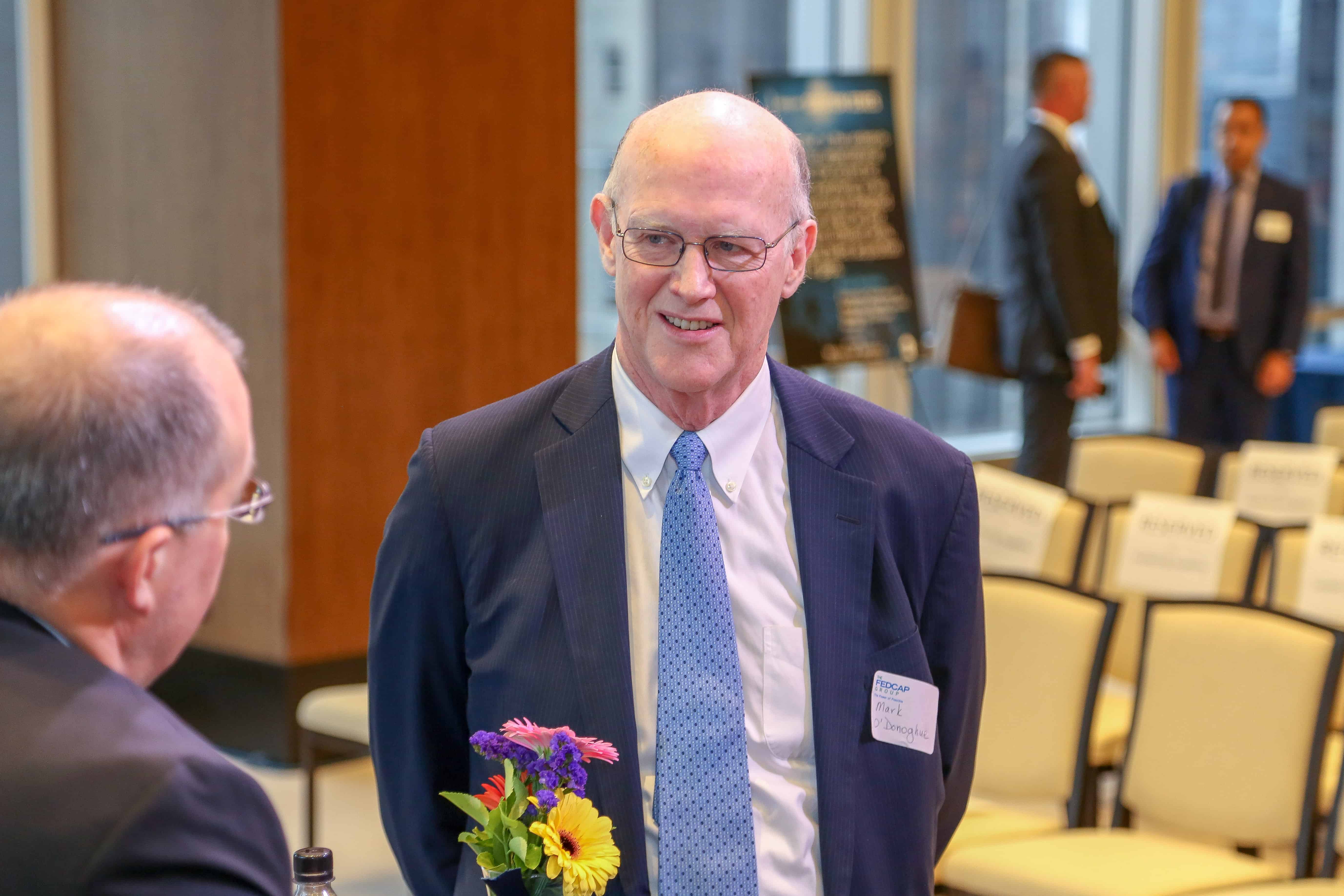Structure According to Strategy
Everyone who meets me learns fairly quickly that I value structure. I spend a lot of time discussing structure, and I firmly believe that good people fail in the absence of it.
Structure impacts communication, productivity, morale, efficiency, organizational learning and effective knowledge sharing. Well-designed structure promotes growth, drives innovation and provides clarity in roles and expectations.
Companies build new structures for many reasons: a reaction to market shifts, to improve financial performance, to enhance internal collaboration. Industry disruption on a global scale has led to more frequent restructuring–nearly half of all CEOs launch a restructure during their first two years on the job.
At The Fedcap Group’s recent Solution Series on organizational structure, one of our panelists, Mike Sicard, Chairman and CEO of USI Insurance Services emphasized that structure has to follow strategy, and given the complexity of today’s environment, evolving organizational structure looks more like a chocolate chip cookie than the top down, formal hierarchies of the 20th century.
To drive innovation and growth, many companies are moving from 20th century hierarchical, siloed structures to flexible, collaborative structures with flatter networks and fluid, -outcome-focused teams—arranged within the organizational cookie like those chocolate chips. We need to learn how to change, restructure and work with cross-functional teams. The proactive participation of mid-level managers in flatter organizations produces positive outcomes.
Also stressed during our Solution Series was the idea that structure must be in service to strategy. Structure cannot be designed in the absence of understanding long term strategy.
One size does not fit all anymore as John Sutherland points out in European Business Review: “The purpose of structure is to organize your resources in such a way that you are able to deliver your strategy.” To prevent bureaucracy from suffocating innovation, he said, “effective structures bring clarity so that everyone can quickly understand how they are to act and relate to others, internally and externally.”
Today’s leaders understand that innovation is the key to growth and survival, and many believe that structure determines how innovative their organizations can be.
In a world where technology, markets, politics, and economies are in constant flux, one thing is certain: structure that supports strategy results in innovation, productivity and financial performance is the way forward.



























